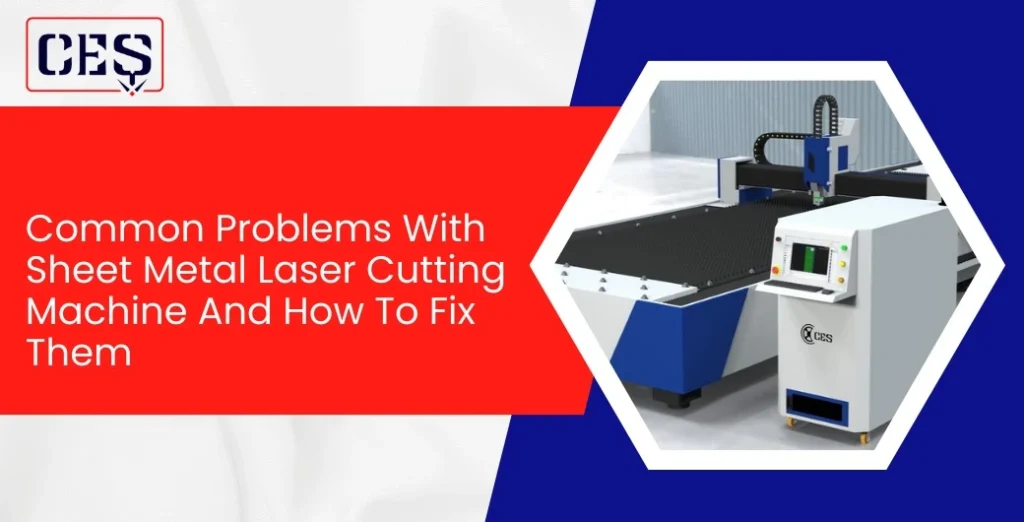Laser cutting has turned the game around in today’s manufacturing world, particularly for those industries that depend on accuracy and speed. Starting from the automotive industry to construction, sheet metal cutting is a prime operation, and lasers have improved it to be quicker, neater, and more efficient. Yet, as with any high-end technology, there are unique challenges that come with laser machines. That’s why choosing the right sheet metal laser cutting machine manufacturer is important for ensuring productivity and long-term performance. But even with high-quality machines, operators may face common issues that affect accuracy, quality, or productivity.
In this article, we are a trusted sheet metal laser cutting machine manufacturer, delivering advanced solutions that ensure accuracy,productivity, and quality in every cut.
1. Poor Cutting Quality
Among the most common complaints is poor edge quality or burning marks on sheet metal. This is one of the common laser cutting defects and remedies that all operators need to be familiar with.
Causes:
- Mistargeted focus of the laser beam
- Incorrect gas pressure or wrong nozzle size
- Low assist gas quality or contamination
- Poor sheet metal surface condition
Solutions:
- Set the laser focus height for the particular sheet thickness.
- Inspect nozzle alignment and replace worn-out nozzles.
- Use high-purity assist gas (oxygen or nitrogen) for clean cuts.
- Clean the sheet surface and make sure that it is rust- and oil-free.
Struggling with constant breakdowns or quality problems with your existing system?
Why not approach CES Laser Machine Private Limited, your trusted solution partner and high quality sheet metal laser cutting machine manufacturer, to enhance your technology and reduce downtime.
2. Incomplete or Partial Cuts
At times, the laser does not cut the material completely, leaving incomplete parts.
Poor laser cutting performance can be due to:
- Inadequate laser power
- Incorrect cutting speed
- Thick reflective material
- Failure of optics or dirty lens
Solutions:
- Check laser power output and modify cutting speed accordingly.
- Clean and check the optics regularly.
- Use appropriate settings for reflective metals such as aluminum or copper.
- Upgrade to a more powerful machine if working routinely with thicker sheets.
3. Excessive Burr Formation
Burrs on the cut edges not only add additional finishing work but also lead to slower operations.
How to correct laser cutting quality issues:
- Increase assist gas pressure to push away molten material.
- Optimize cutting speed to avoid metal buildup.
- Check nozzle distance from the sheet for improved airflow.
Trusting to sheet metal laser cutting maintenance guidelines guarantees burr-free, clean edges.
4. Machine Down Time and Breakdowns
Unscheduled stoppages are expensive. Avoiding downtime is one of the greatest issues in production units.
Typical faults in industrial laser cutters that cause breakdowns:
- Overheating of power supply or optics
- Blocked filters and cooling system problems
- Inadequate lubrication on moving components
- Neglected regular checks
Solutions and Best Practice:
- Trust in a routine cleansing and lubrication program.
- Replace filters and check the cooling system regularly.
- Watch for performance statistics to catch abnormal patterns in time.
- Train operators on laser cutting machine repair manual fundamentals to deal with minor faults on-site.
Following best practices in maintaining fiber lasers largely improves machine longevity.
5. Misalignment and Low Accuracy
Accuracy is the very strength of laser technology, but a miscalibrated device can create errors.
Laser cutting machine trouble shooting techniques for alignment:
- Regularly check beam path alignment.
- Make sure the lenses and mirrors are seated right.
- Align the machine’s position system following maintenance.
Tips for Improving laser cutting accuracy:
- Preheat the machine prior to use for thermal stability.
- Utilize high-quality fixtures to maintain sheet stability.
- Refreshing cutting software to achieve precise path control.
6. Overheating and Burn Marks
Excessive heat generation during cutting may harm the material as well as the optics.
Causes:
- Incorrect cutting parameters
- Poor performance of cooling system
- Dirty or degraded lenses
Solutions:
- Fine-tune power and speed settings for material thickness.
- Periodically inspect the water-cooling system.
- Replace optics that present burn marks or scratches.
7. Gas Supply Issues
Help gas plays an important role in maintaining quality cuts. Erratic supply can lead to poor cuts.
Solutions:
- Check gas lines for leaks.
- Replace regulators and nozzles if they are faulty.
- Employ certified high-purity gases for reliable results.
Preventing Downtime in Laser Cutting Operations
To rescue repeat faults, reduction is always preferable to cure. Some of the precautionary measures include:
- Develop a strict maintenance checklist.
- Train personnel in troubleshooting laser cutting machine problems.
- Have spare parts such as nozzles, lenses, and filters available for replacement.
- Partner with competent service providers for annual audits of machines.
By doing so, you not only boost productivity but also cut down on long-term repair expenses.
Conclusion
Laser cutting has transformed the sheet metal industry, yet problems like burrs, poor cuts, and machine downtime are the norm. Knowing how to troubleshoot laser cutting machine problems and implementing the correct solutions guarantees optimal operations. From sheet metal laser cutting maintenance advice to knowing the factors behind suboptimal laser cutting performance, taking proactive measures can keep your systems running smoothly. For companies looking to improve accuracy and reduce downtime, collaboration with a seasoned sheet metal laser cutting machine manufacturer is important. With CES Laser Machine Private Limited, you can have trust-worthy machines, technical expertise, and complete solutions that guarantee long-term performance and productivity.

